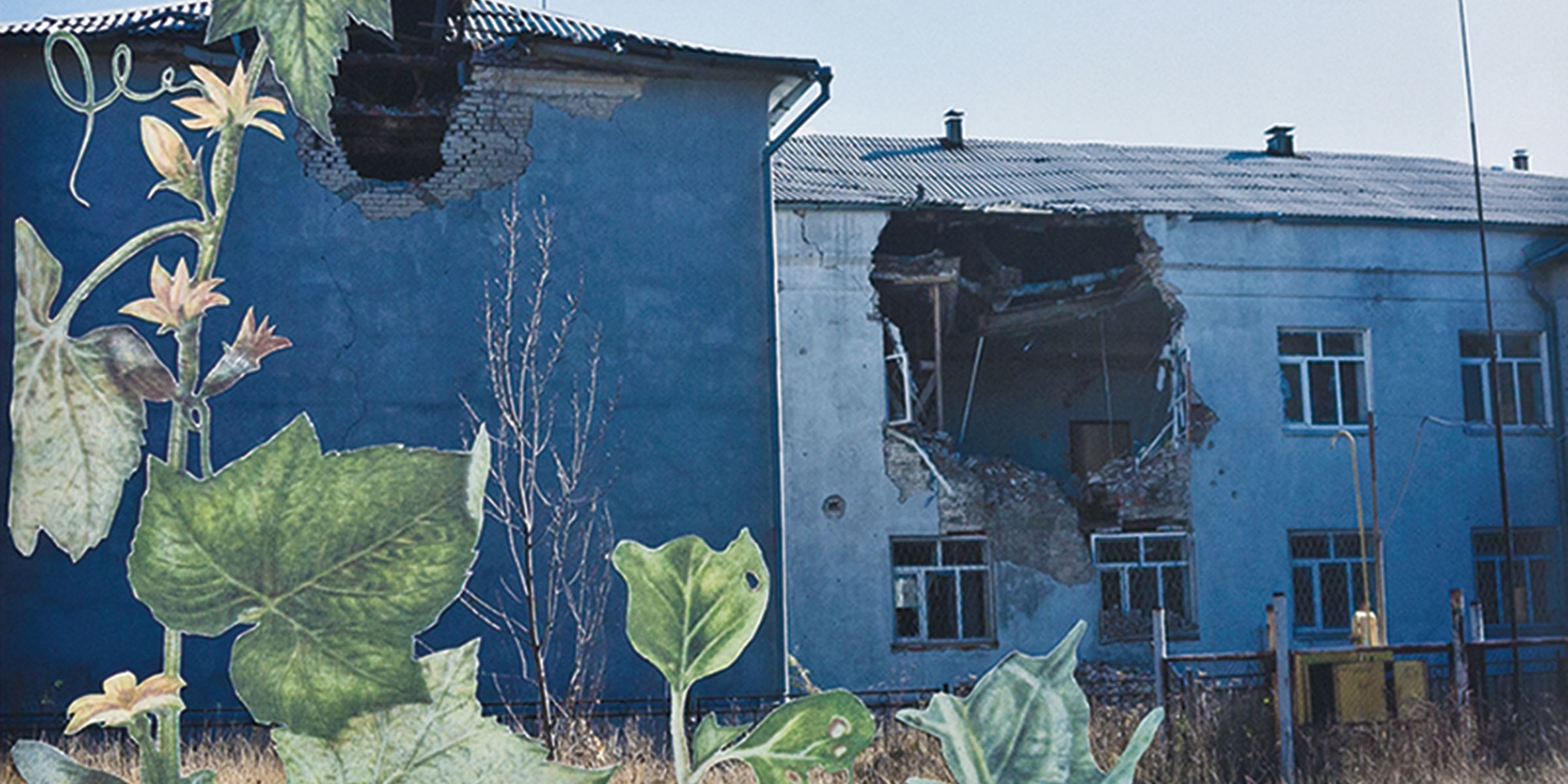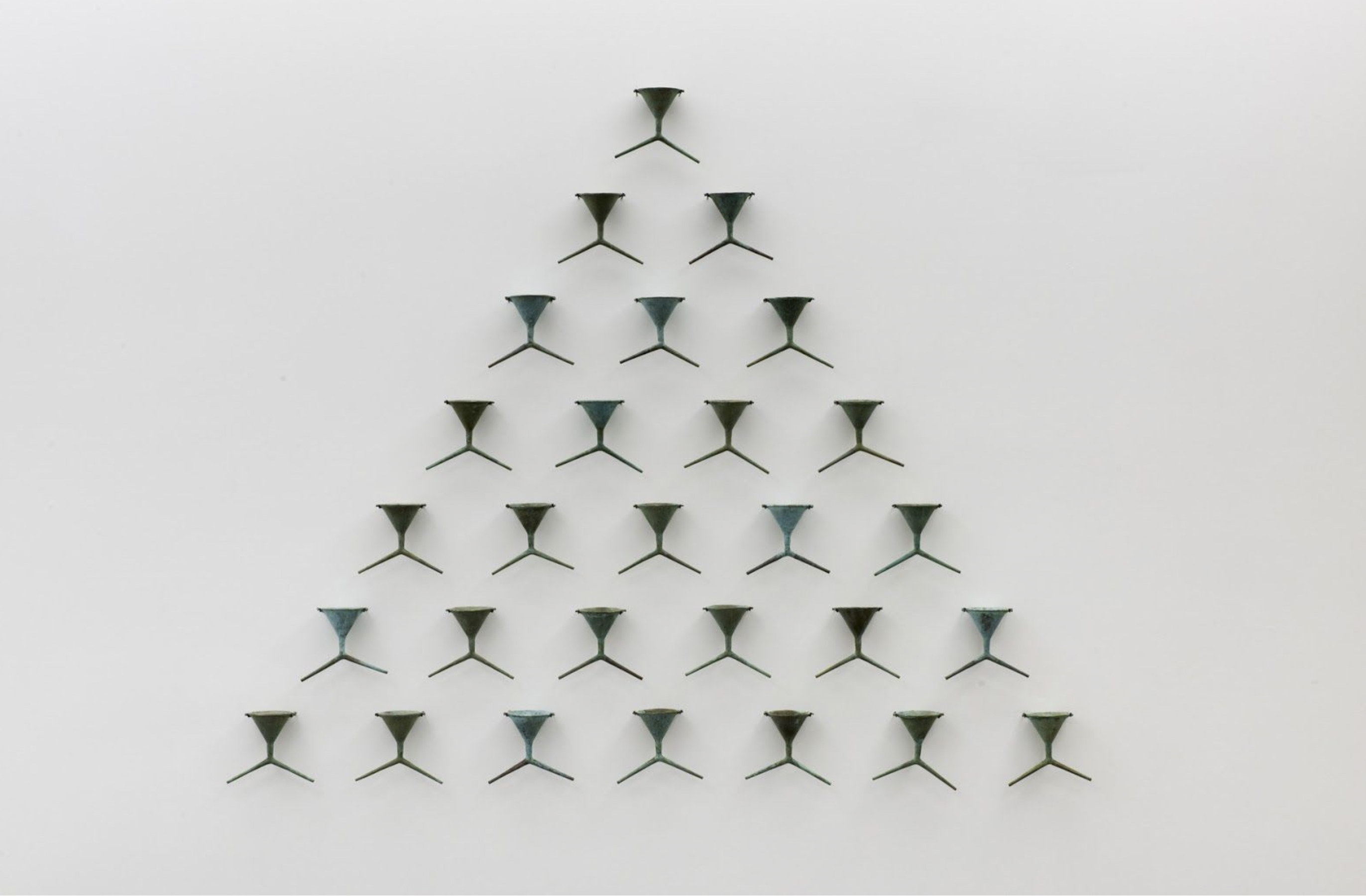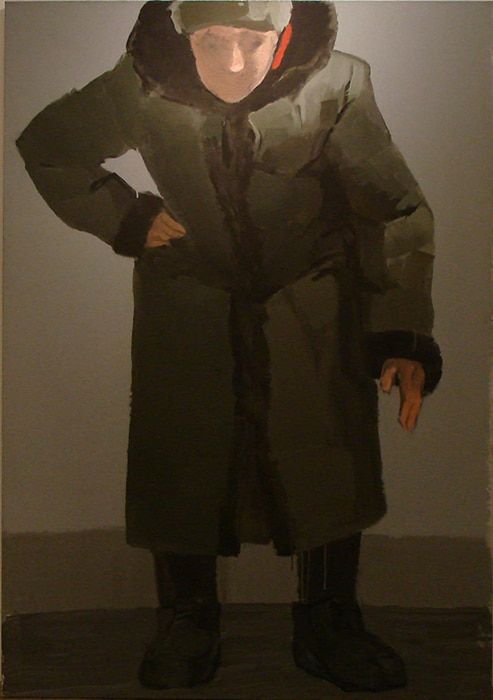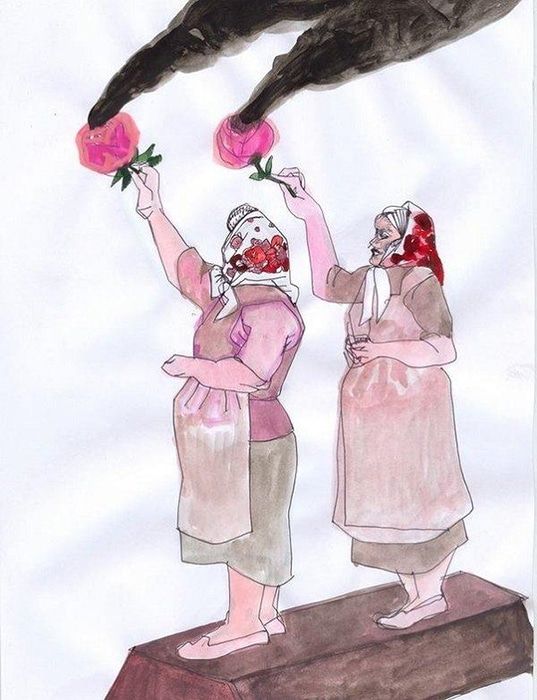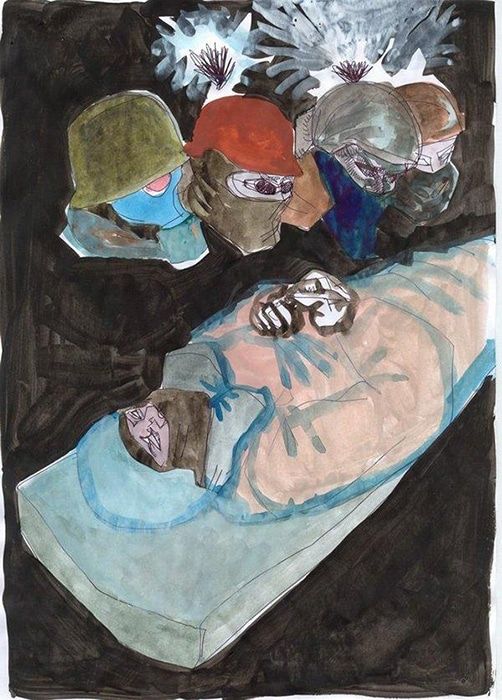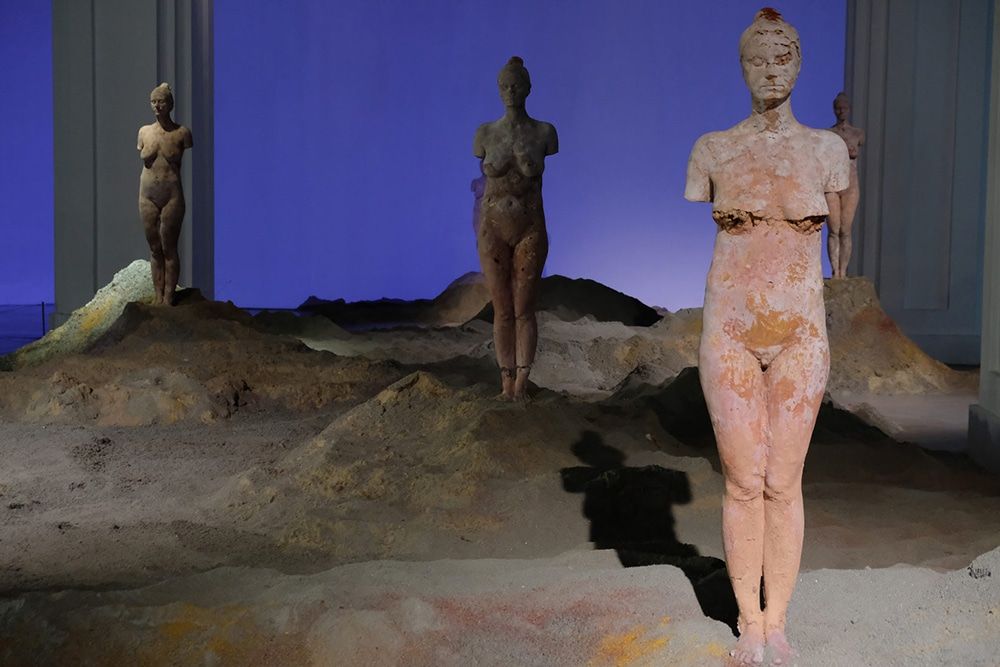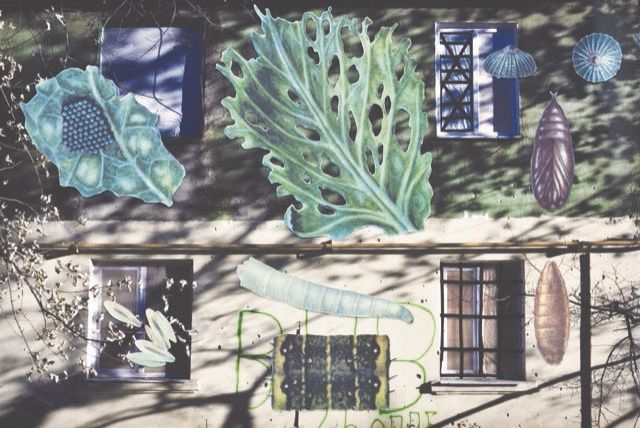
Complex Living
In the ongoing series Fokus: Built Environments, CAS explores different aspects of the urban environment and the relationships between cities, societies, and the art they produce. In the below text, curator and writer Alex Fisher describes two building projects in Kyiv, Ukraine, that are modeled after an idealized Scandinavia, and dissects the building developments' placement, image, marketing language, and how the buildings affect and influence the lives being lived around and within them.
- EN
- 16 November 2021
- Essay
